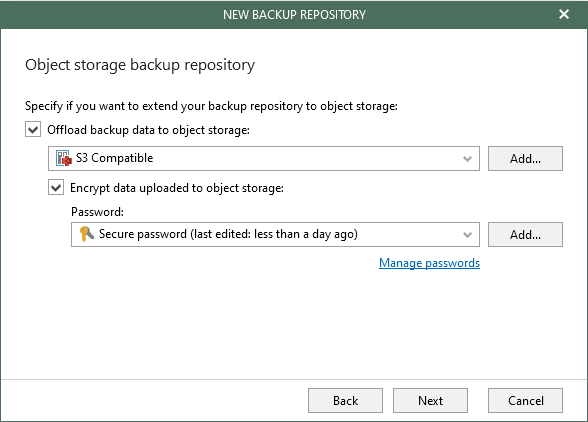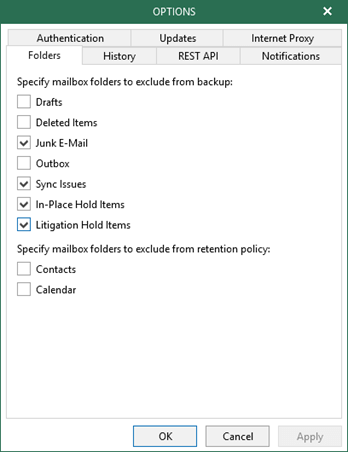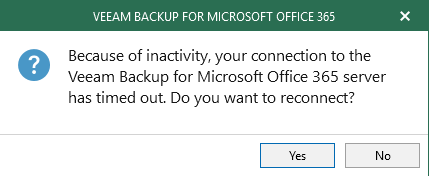
What you should know about Veeam Backup for Microsoft Office 365 v4
Today Veeam released Veeam Backup for Microsoft Office 365. This release marks already the 5th release of the product and proves how important Office 365 backups are. Remember, it’s your data after all.

What’s new, doc?
Veeam Backup for Microsoft Office 365 has a fast release cycle so it can quickly adapt to the fast-growing and changing market.
One of the main features of version 4 is the support for Object Storage. Whether you are using Amazon S3, Azure Blob, IBM Cloud or S3 compatible storage, they are all supported.
What’s important here is the fact that by adding Object Storage, you can now directly offload your backups to your favorite provider. There is no Office 365 data stored on the VBO server (with the exception of some metadata). This offers you the option to store backups either on-premises or in object storage.

The configuration is kept simple. You can add as many Object Storage providers as wanted and based upon your needs, you can configure the repository to offload the backup data.


By adding Object Storage support, version 4 also introduces the encryption of backups. This gives you the possibility to make sure that data is stored encrypted within Object Storage. Having encryption built-in directly into the product addresses many common challenges it normally brings.
Managing multiple providers
As mentioned before, you can easily add multiple Object Storage providers and to keep a clean overview of accounts, there is now a Cloud Credential manager.

Even faster backups!
Veeam has been working hard every release to ease the backup and improving the speed at which it can backup Office 365 data. With version 3, Veeam started leveraging the Change API for SharePoint Online and OneDrive for Business backups. Starting from version 4, you can use a non-mail enabled security group that contains a pool of backup accounts. Once you leverage this, Veeam will use these for backing up SharePoint Online and OneDrive for Business. This will increase backup speed and reduce the risk of throttling. It is no secret that Microsoft leverages throttling to assure the availability of its infrastructure. Since this happens per account within SharePoint, using multiple at once will be a major improvement.
Other enhancements
Another new enhancement is the possibility of excluding contacts and calendars from the retention policy. If you are using item-level retention to store your backups, you know data gets backed up based on the modification date. This has led to cases where calendars’ appointments where not being backed up since they were created and modified 5 years ago but the backup retention was set to 3 years. By excluding them, they will be backed up forever (as long as the mailbox is protected).

The mailbox protection report was updated as well and now provides more information about:
- Group mailboxes
- Public mailboxes
- Shared mailboxes
If you are inactive for some time within the console, you will be disconnected to reduce load on the server.

Swagger changes
As a heavy API user, I’m glad to see some new changes to the API as well. Besides support for Object Storage, Cloud Credentials and passwords for encryption, there are some minor changes that you can see within the Swagger UI.
One of these changes is the listing of all the parameter options a RESTful API request can do such as offset, limit, parentID,… This will make it easier to quickly debug things using the Swagger UI giving you insight into the possible parameters.

As I’ve written several blog posts on how to use Swagger and work with the RESTful API, I will soon publish blog posts on how to leverage Object Storage as well as managing passwords. Additionally, I am working on a blog post which shows the differences between version 3 and 4 in terms of existing API requests.
Try it!
Veeam Backup for Microsoft Office 365 v4 is available so give it a spin. There is a community edition available (limited to 10 users and 1 TB of SharePoint data) and you can try a free trial for 30 days!